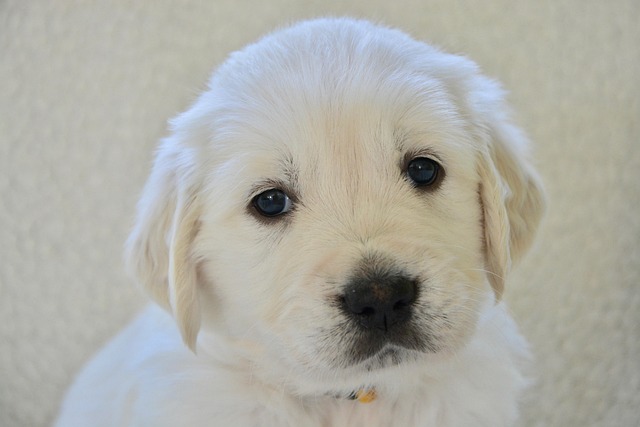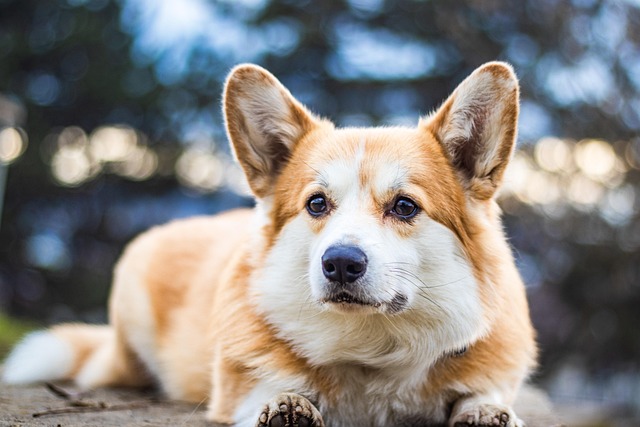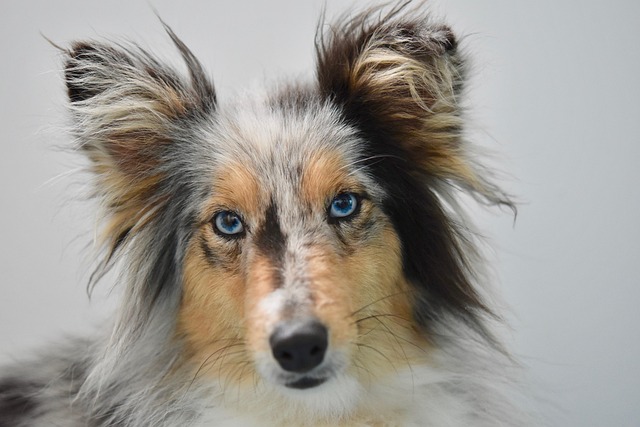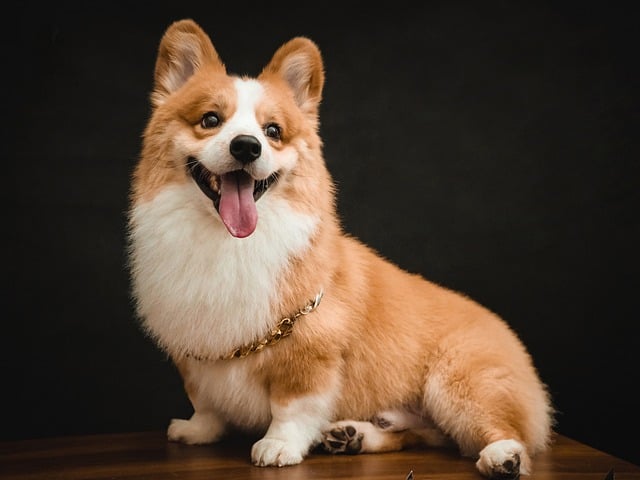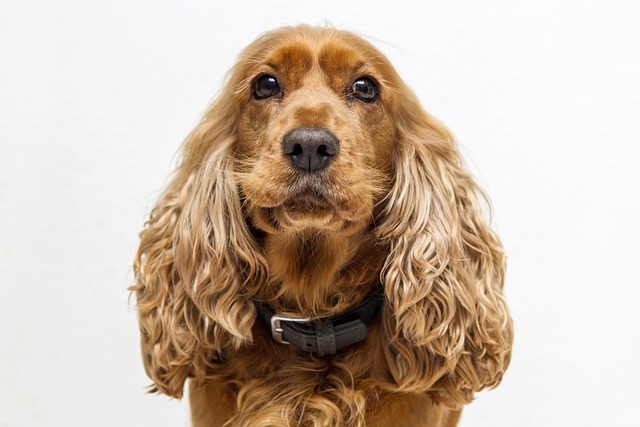Teaching your dog to wait for a treat isn’t just about good manners—it’s a safety skill that can prevent choking hazards and reinforce self-control. But getting your eager pup to hold back when a delicious reward is in sight? That’s where patience and creativity come in.
Start with the basics. Hold a treat in your closed fist and show it to your dog. As soon as they paw at your hand or jump up, say “uh-uh” in a firm but calm voice and turn your hand away. Wait for even a split second of stillness, then open your hand and say “yes!” in an excited tone. This tiny pause is the foundation of the “wait” command.
Gradually increase the challenge. Once your dog understands the initial cue, start holding the treat out at arm’s length. If they rush forward, quickly pull your hand back and repeat the “uh-uh.” Keep practicing until they instinctively stop as soon as you extend your arm. In public spaces, this skill helps prevent your dog from snatching food dropped by others, which is crucial for complying with local leash laws and public health regulations.
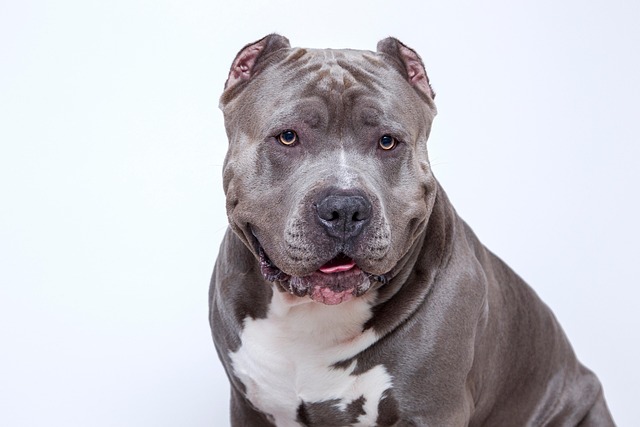
Use visual cues. Along with the verbal command “wait,” develop a hand signal like holding your palm flat in front of your dog’s face. This non-verbal cue comes in handy when you need to be quiet, like in a neighbor’s home where excessive noise might violate rental agreements. Consistent signals make the training transferable across different environments.
Practice in real-life situations. Try placing a treat on the floor and covering it with your foot. Encourage your dog to sit and then give the “wait” command. Slowly lift your foot, and if they don’t pounce on the treat, praise them lavishly. This simulates scenarios where you drop food accidentally, teaching your dog impulse control while keeping them safe from ingesting potentially harmful items.
Be mindful of reward size and frequency. In many regions, pet obesity is a growing concern, and over-treating can lead to health issues. Opt for small, low-calorie training treats, and consider swapping some rewards with affection or playtime. If you plan to travel with your dog, check airline and hotel policies regarding food rewards, as some have restrictions on bringing certain types of treats across borders.
Remember, every dog learns at their own pace. Some pick up the “wait” command in a week, while others may take months. Celebrate small victories, like your dog waiting for two seconds instead of one. With consistent practice and positive reinforcement, you’ll not only have a well-behaved pup but also a deeper bond built on trust and communication.
